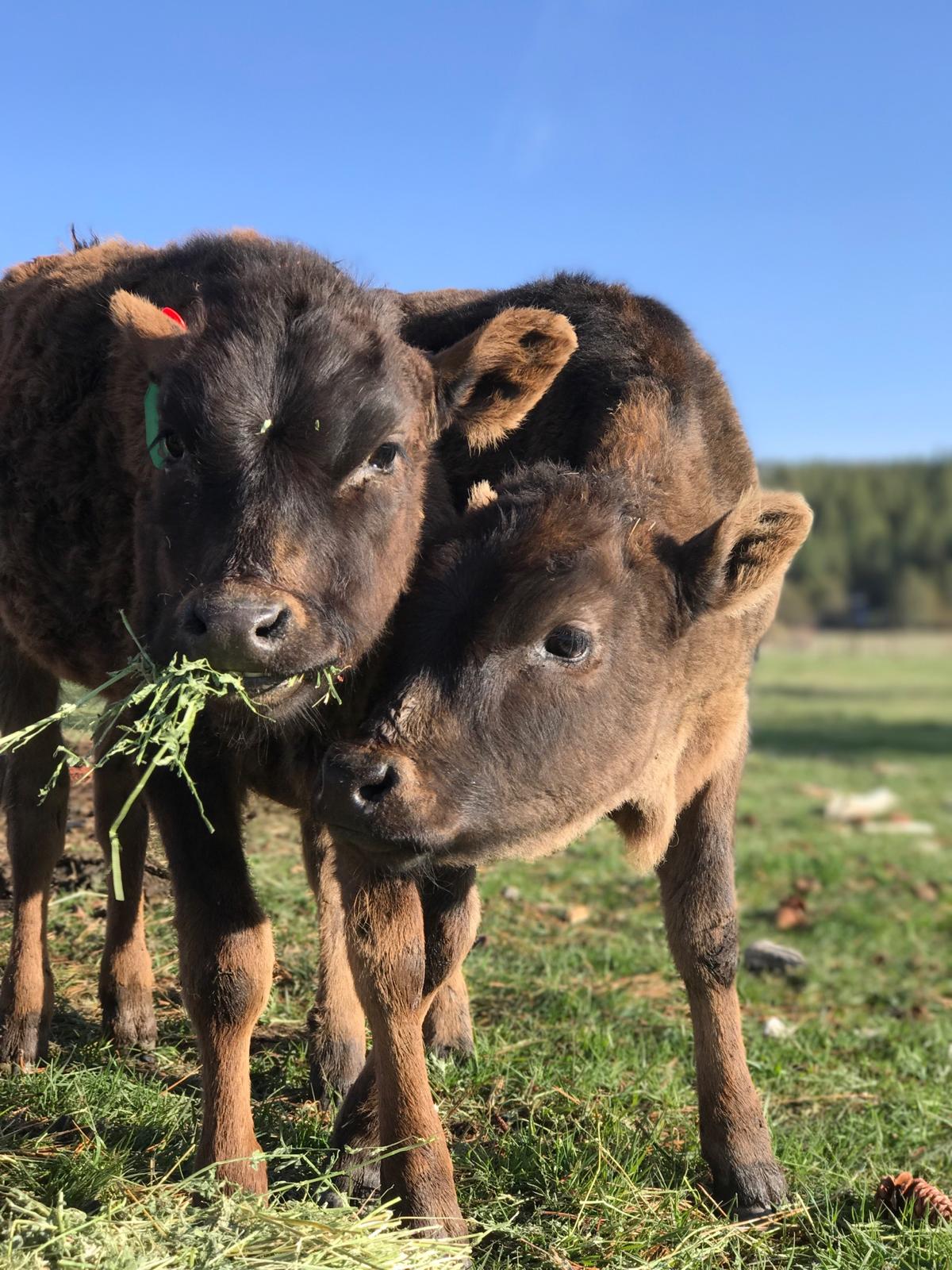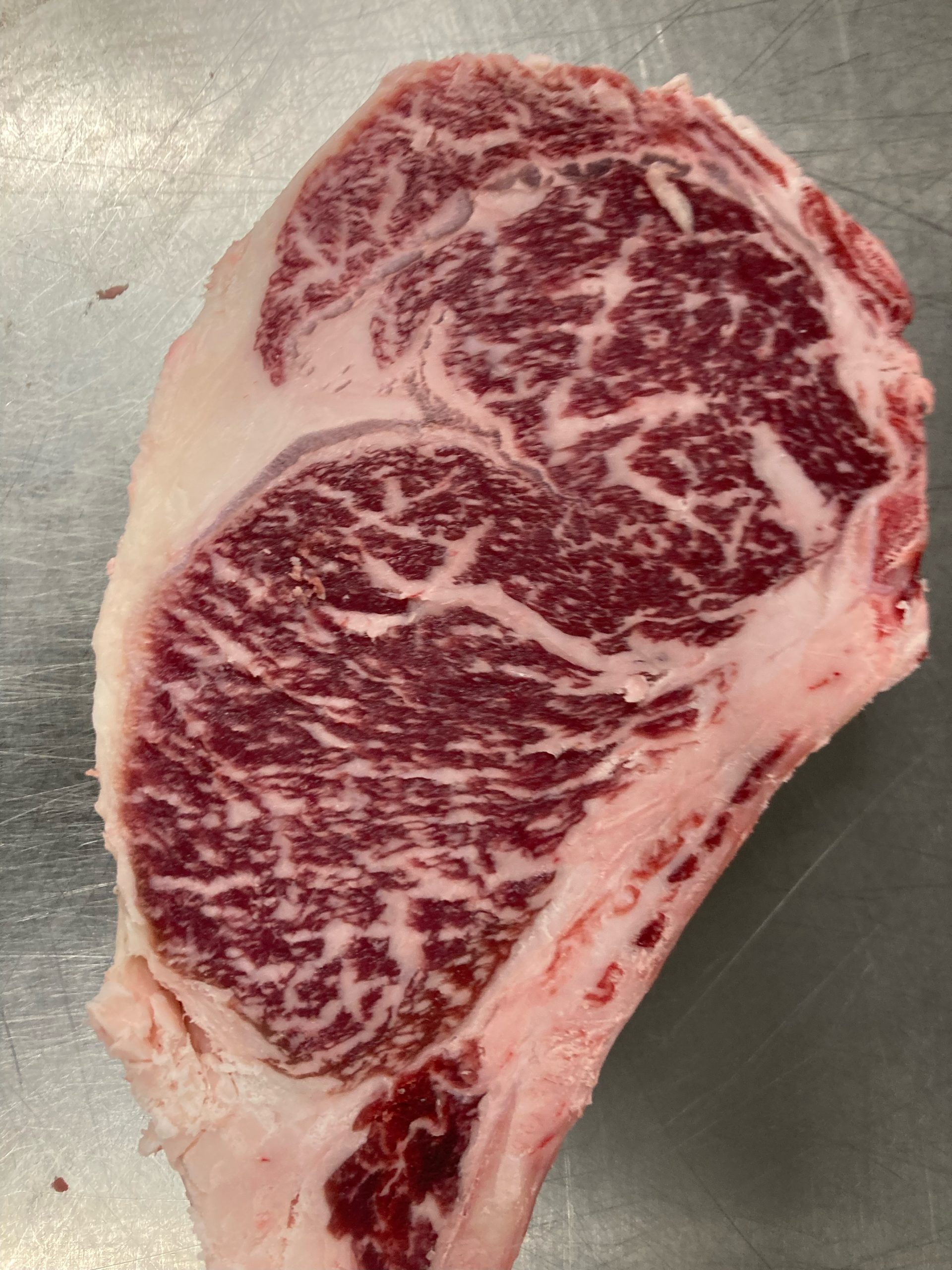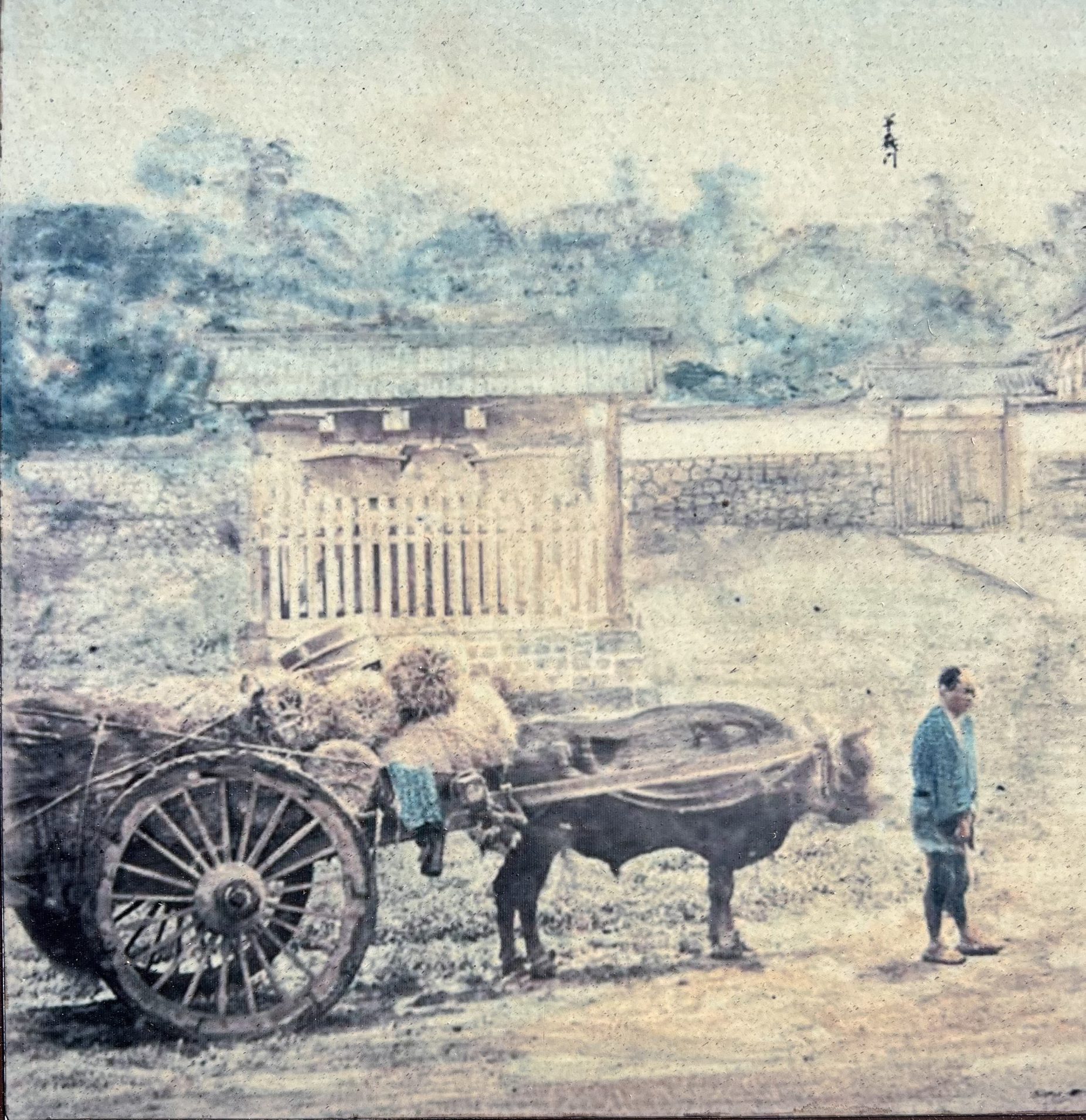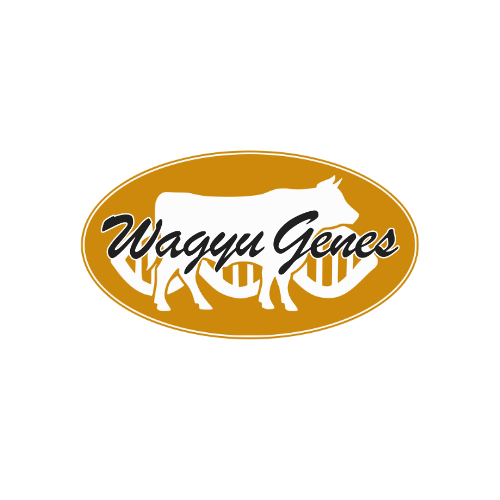About Wagyu

What Are Wagyu?
The word “Wagyu” (和牛) comes from Japan and translates to “Japanese Cow” (“Wa” means Japanese, and “gyu” means cow). This simple term, however, represents a breed that is anything but ordinary. Wagyu cattle are renowned for producing the most exquisite beef in the world, thanks to a unique combination of genetics, care, and feeding practices that result in highly marbled, tender meat.
Wagyu beef is often synonymous with Kobe beef, which is a specific strain of Wagyu raised in the Hyogo Prefecture of Japan under strict standards. However, not all Wagyu is Kobe, as Wagyu encompasses several strains, including Tajima, Shimane, and Akaushi (red Wagyu).
What makes Wagyu exceptional is its marbling—the fine streaks of intramuscular fat that run throughout the meat. This marbling is more than aesthetic; it contributes to the flavor, tenderness, and melt-in-your-mouth texture that define Wagyu beef. Combined with the breed’s high levels of monounsaturated fats, Wagyu offers not only indulgent flavor but also a healthier fat profile.
Why Wagyu Is the Best Choice
Wagyu beef stands apart for its exceptional marbling, buttery texture, and unmatched tenderness. These qualities aren’t just about luxury — they represent a superior nutritional profile and a commitment to ethical, sustainable farming.
Compared to conventional beef, Wagyu contains up to 300% more monounsaturated fat, including heart-healthy oleic acid — the same fatty acid found in olive oil. It’s also rich in omega-3 and omega-6 fatty acids, which support cardiovascular health and brain function.
The high marbling content doesn’t just deliver superior taste — it ensures a melt-in-your-mouth texture and faster cooking times. Lower melting points mean Wagyu fat begins to liquify around 77°F (25°C), enhancing flavor absorption and juiciness with every bite.
Whether you’re after peak performance, superior nutrition, or unforgettable flavor, Wagyu sets the standard for beef worldwide.


The History of Wagyu
Wagyu cattle have a rich heritage that dates back about 2,000 years. Originally developed as draft animals in Japan, they were bred for physical endurance, leading to the high levels of intramuscular fat — the iconic marbling we value today.
In the late 1800s, brief crossbreeding with European cattle occurred, but by 1910, Japan had closed the bloodlines to protect the purity of Wagyu. Today, the four main Japanese Wagyu strains — Tajima, Shimane, Okayama, and Akaushi — each bring unique traits to the breed’s excellence.
Since their introduction to the U.S. in 1976, Wagyu have transformed global beef standards. From ancient heritage to modern ranches like SNF Wagyu, this breed continues to represent the pinnacle of quality and sustainability.
Timeline
1868 – Meiji Restoration
Crossbreeding begins between native Japanese cattle and European breeds.
1910 – Ban on Crossbreeding
Japan stops crossbreeding and refines Wagyu for meat quality.
1976 – First Export
Four Wagyu bulls are exported to the U.S., marking the breed’s Western debut.
1990s – Fullblood Imports
Additional bulls and females arrive in the U.S. and Australia.
1997 – Export Ban
Japan halts Wagyu exports, protecting the breed’s genetics and legacy.
Today – Global Demand
SNF Wagyu continues advancing genetics with global excellence in mind.
Wagyu in Japan
Wagyu cattle have a history that dates back to 200 AD. Initially used as draft animals in agriculture, these cattle were bred for their strength and endurance, traits that also contributed to their unique muscle structure and fat composition.
In the late 1800s, British and European cattle were briefly crossbred with Wagyu to introduce new traits. However, the Japanese government closed the breed to outside genetics in 1910 to preserve the purity of the Wagyu bloodline. This decision cemented Wagyu’s reputation as a uniquely Japanese breed.
Japan’s Wagyu cattle are divided into four main strains:
- Tajima (Black Wagyu): Known for intense marbling, used for Kobe beef.
- Shimane (Black Wagyu): Valued for size and meat quality.
- Okayama (Black Wagyu): Offers balanced marbling and flavor.
- Akaushi (Red Wagyu): Prized for leaner meat and robust flavor.
Wagyu in the U.S.
The introduction of Wagyu cattle to the U.S. began in 1976 with the importation of four bulls. Over the next two decades, several shipments brought more bulls and females to expand the genetic base.
1993–1997: Renowned sires like Michifuku, Haruki II, and Yasufuku Jr. were imported, along with valuable females that formed the foundation of American Wagyu herds.
2001: The last major import of six fullblood sires further strengthened the U.S. Wagyu population.
Today, American Wagyu producers combine traditional Japanese methods with modern techniques to raise beef that rivals Japan’s legendary quality.
